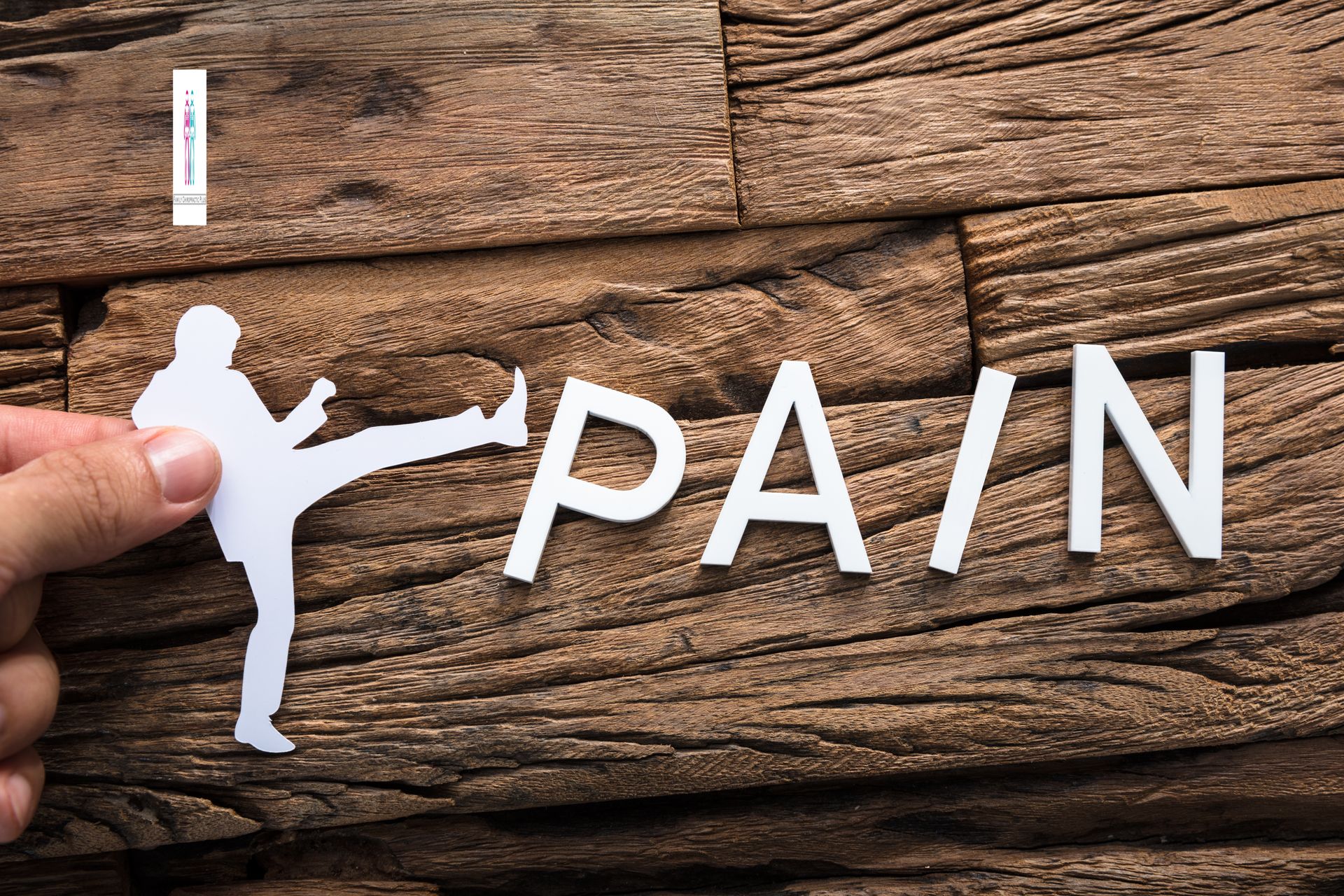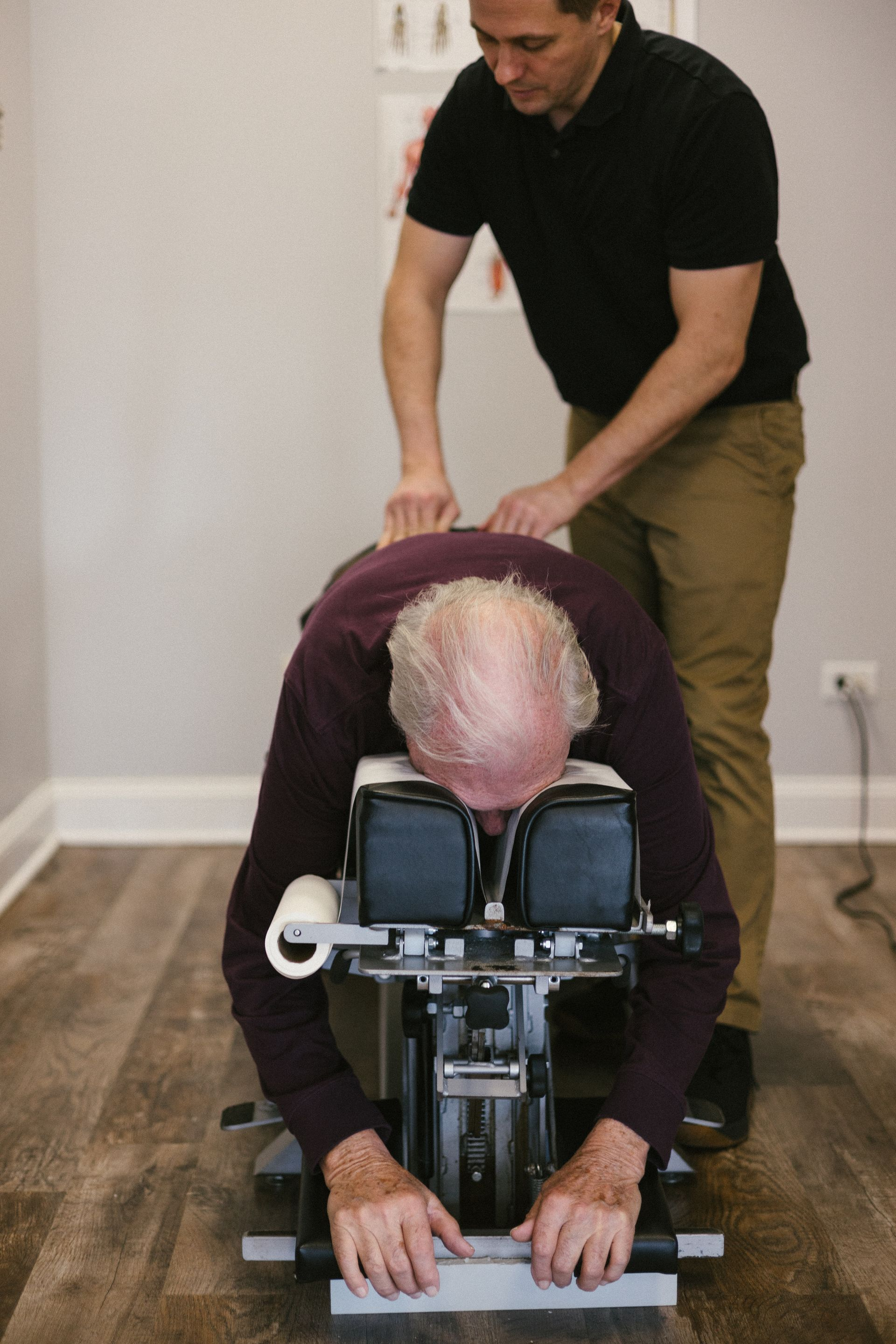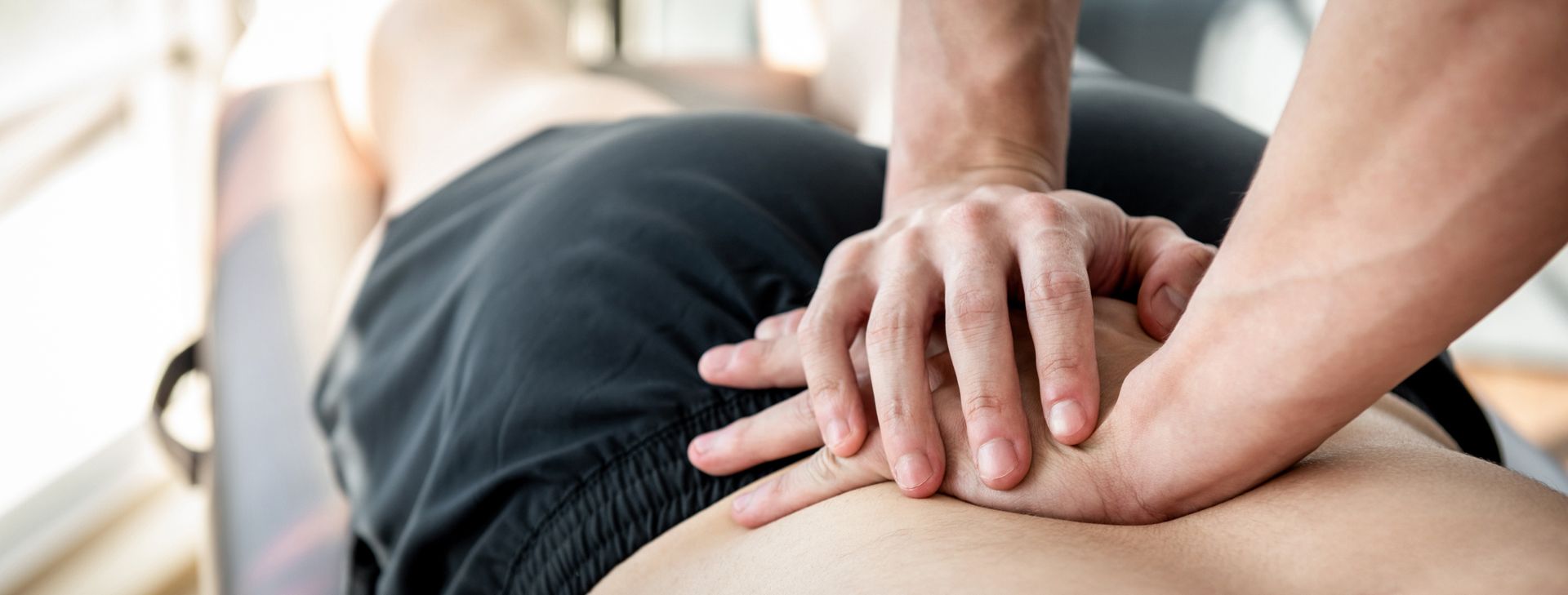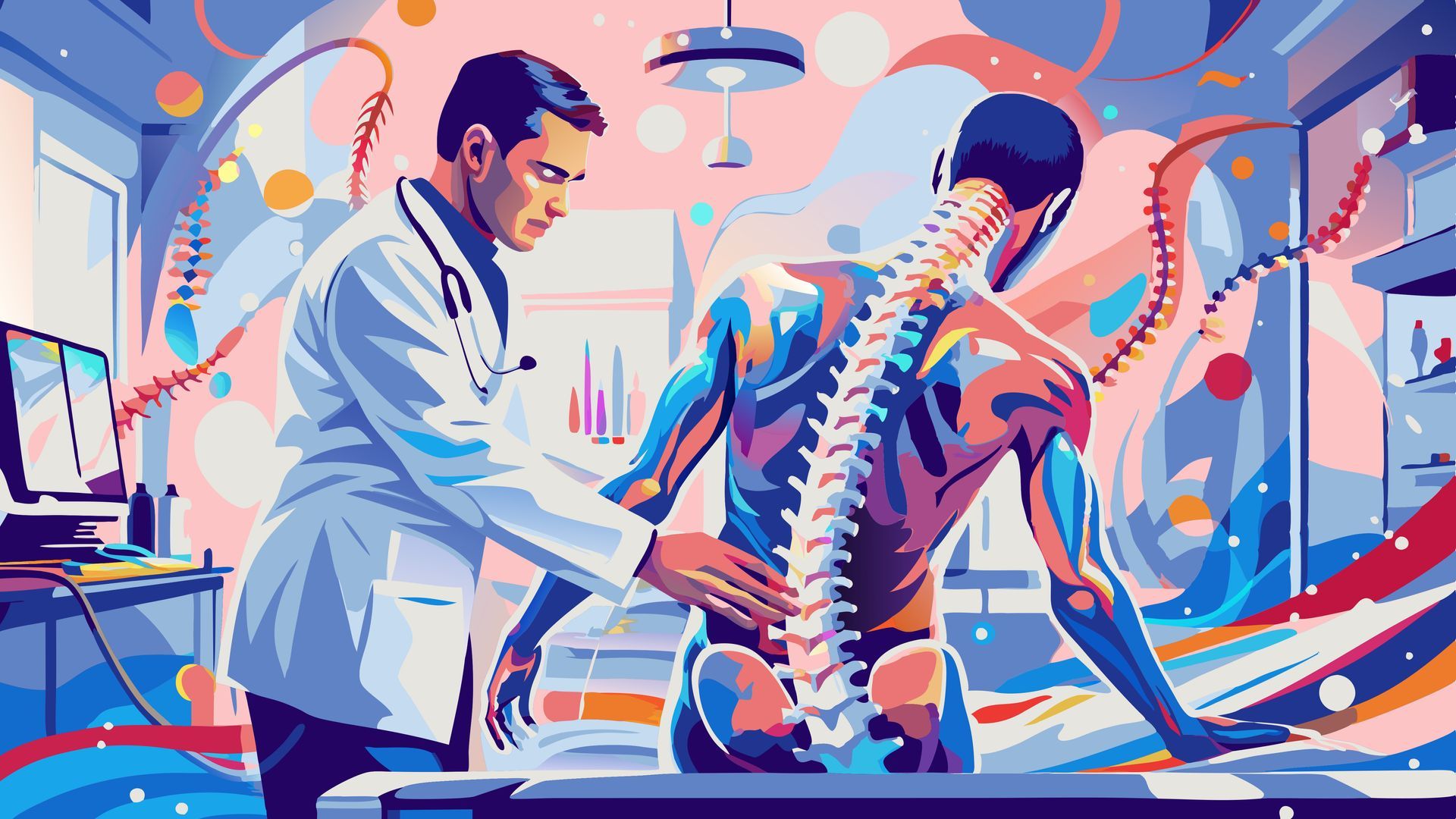7 Tips To Maintain Lifelong Mobility And Prevent Disability: A Complete Guide
How to Maintain Lifelong Mobility and Prevent Disability?
Many people fear that as they get older, they cannot move as well. They fear that they will not be able to continue their favorite activities, visit their favorite places, or even keep up with daily chores.
What is Mobility?
"Mobility is defined as the ability of the body to move freely and actively through the joint’s complete range of motion - critical for functioning well and living independently.”
Reduced Mobility or poor mobility can be described as the full range of motion of a joint that cannot be achieved, and therefore a “normal” range of motion cannot be performed.
- Reduced mobility can have a variety of impacts on a person's well-being.
- Reduced mobility, especially in the aging population, decreases an independent lifestyle and increases the risk of falls and injuries.
- All this inevitably opens up the individual to several other problems.
- Encouraging physical activity is an easy way to reduce the likelihood of these occurrences.
61 million individuals in the U.S. have a disability
26% (1 in 4) of adults in the U.S live with some kind of disability
What Is The Most Common Disability In The United States?
The most usual type of disability in the United States is an ambulatory disability, which affects a person's mobility. In 2018, an estimated 5 percent of people between the ages of 21 and 64 and 31 percent of people aged 75 or over had such a disability.
“13.7 percent of the U.S. adults have a mobility impairment disability - with severe difficulty walking or climbing stairs.”
Which Health Issue is Often Associated with Reduced Mobility?
Researchers at the University-of-Alabama-at-Birmingham examined dozen of mobility studies that have been published over the years. They explored the common factors that lead to reduced mobility, such as:
- Aging
- Obesity
- Poor Balance
- Reduced Strength
- Poor Physical Activity
- Chronic Diseases like Arthritis and Diabetes
What’s The Prominent Disease That Causes Reduced Mobility in Older Adults?
Osteoporosis: This bone disease is the leading cause of disability in people over the age of 65, according to the
Agency-for-Health-Care-Research-and-Quality. More than half of Americans in this age group show signs of osteoporosis, which can severely limit mobility.
What Are The Most Common Causes of Reduced Mobility?
These common causes of reduced mobility are explained below:
- Reduced Mobility Lead to Functional & Physical Losses Due To Aging
With aging, progressive wear and tear occur in the spine and joints. This "wear and tear" is also commonly referred to as osteoarthritis and degeneration. Individuals may begin to feel a general stiffness and some aches or pain in the degenerative area. When degeneration occurs in the spine, it can put additional pressure on the nerves - which can lead to a series of diverse symptoms, such as:
- Pain traveling down to Limb
- Poor coordination, and Imbalance
Tip: The best thing you can do is to move your body or stay physically active to maintain the best possible mobility for as long as possible to reduce the rate of degeneration.
- Reduced Mobility Due To Other Health Problems
Reduced mobility can have the following causes:
- Postural changes
- Swelling around a joint
- Inflammation of the soft tissues and muscles near the joint
- Infection can cause stiffness of the joints and muscles
- Neurological disorders that affect the muscle
- Different types of arthritis, including osteoarthritis, or rheumatoid arthritis
- Reduced Mobility Due To A Sedentary Lifestyle
Reduced mobility can have the following causes:
- Poor posture
- Muscle tightness, which causes stiffness and restricted movement
7 Effective Tips To Maintain Lifelong Mobility and Prevent Disability
A study showed that the physical activity program reduced the risk of major mobility disability by 18% compared to the health education program in participants.
1. Staying Physically Active
The best way to stay physically active is to move your body! Whether you perform a low-impact cardio workout, HIIT workout, low-level strength training, yoga, Pilates, or a short walk, you need to stay regular with that activity to keep moving.
When you stop moving, your joints begin to stiffen, and muscles contract, which inevitably leads to impaired mobility. Physical activity not only promotes mobility but also has many additional health benefits, including increased blood flow, oxygen circulation, mental health improvement, and pain relief.
2. Ergonomic Set-Up at Work
Many people spend much time sitting at a desk to perform daily work - often bent over their laptop screens. An ergonomic set-up makes a significant difference in avoiding stiffness and maintaining good posture.
Here are key considerations when evaluating your set up:
- Eyes forward
- The shoulders relaxed
- Back-arch supported in the seat
- Arms and legs parallel to the tabletop
- Feet flat on the floor
Note: We understand that staying mobile at work can be difficult, but taking regular short breaks helps a lot!
3. Improve Balance and Coordination
Improving balance and coordination is key to avoiding the dangerous falls that many older adults experience. There are a few activities you can perform to help improve your balance and coordination. Yoga, Tai chi, and light-weight-training can improve your balance.
4. Foam Rolling
Foam rolling relieves the tension that has built up in the muscles. Releasing the tension in the muscles allows them to relax, while improving flexibility, and allowing the joints to move freely through their full range of motion. Foam rolling also helps relieve muscle pain caused by the built-up tension.
5. Try Low Impact Cardio Workout
Cardio workout promotes a healthy cardiovascular system, increases longevity, and maintains lifelong mobility. Water aerobics, swimming, and cycling are a few different ways to stay physically active. Swimming, in particular, helps maintain joint pressure while keeping the heart rate up. Indoor cycling can also increase your heart rate while reducing joints wear-and-tear.
6. Supplement Your Nutrients
As we age, our bodies need different levels of nutrients to help maintain the health of our muscles and bones. Vitamins D, K, calcium, magnesium can help build and maintain bone density. Omega-3s are a natural anti-inflammatory agent, and using these supplements can help reduce swelling and discomfort in the joints and muscles.
7. Eat an Anti-Inflammatory Diet
Inflammation often contributes to muscle and joint stiffness. Try an anti-inflammatory diet to prevent inflammation and help your joints and muscles maintain their integrity. Tomatoes, olive oil, nuts, kale, spinach, berries, and fatty fish are excellent foods to include in your diet to maintain lifelong mobility and prevent disability.
With increased mobility, older adults can move actively, perform daily activities more safely and continue to live as independently as possible. This will alternatively help maintain lifelong mobility and prevent disability.
Visit a Chiropractor to Maintain Lifelong Mobility and Prevent Disability
Why consult a Chiropractor? Chiropractors can help restore mobility to restricted joints, exerting pressure on the nerves exiting the spine. Keeping your joints moving through their full range of motion, will help slow down the rate of joints degeneration. It’ll keep you mobile, and reduce the pressure on your nerves.
If you have any questions or want to learn more about how chiropractic care can improve your mobility.
Contact us for personal advice.
If you don’t have an amazing chiropractor
Contact us today!
Family Chiropractic Plus is dedicated to your overall health and well-being, which is why we offer regular
chiropractic adjustments in order to restore your body’s natural state of
optimal health, while also providing it with the support it needs to heal from any injury, big or small.
















